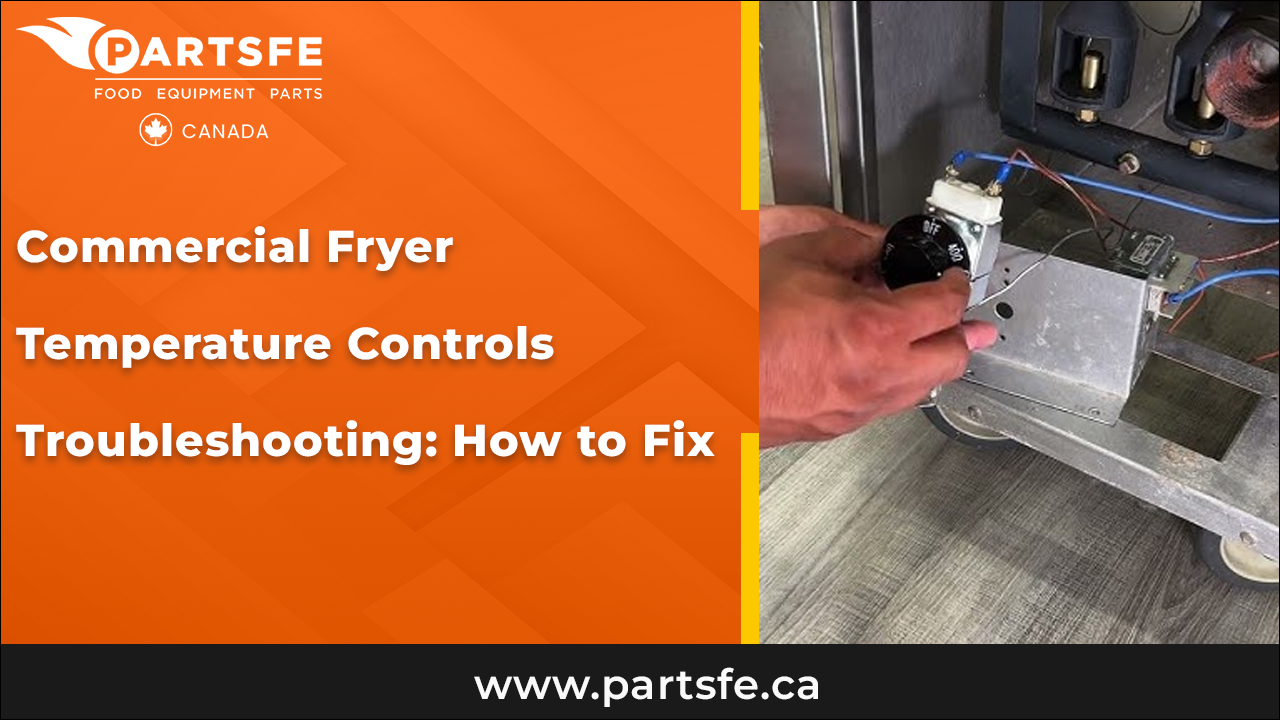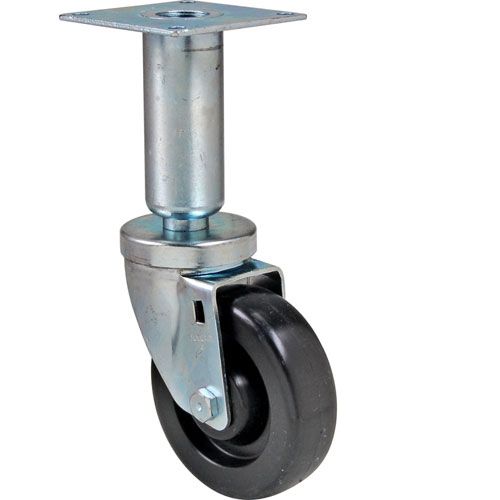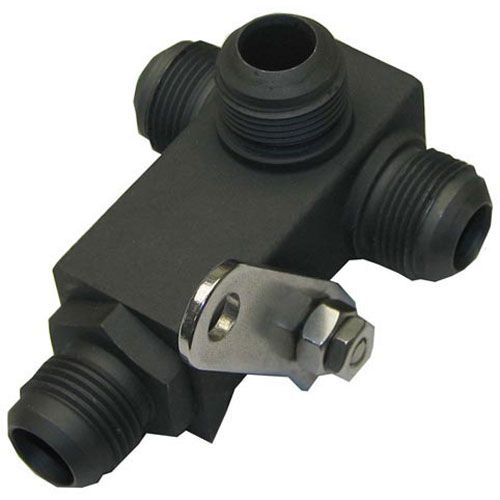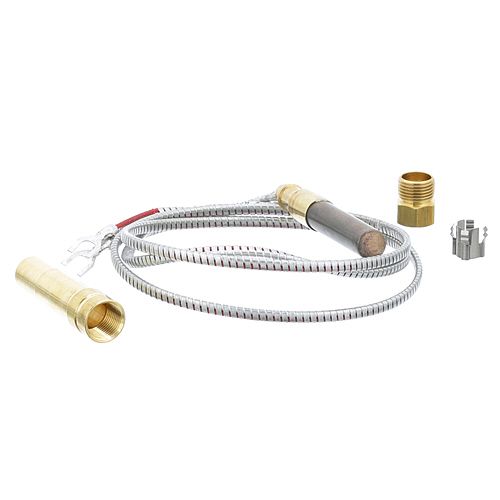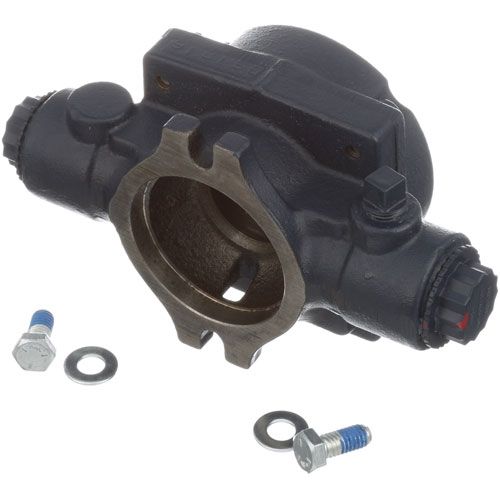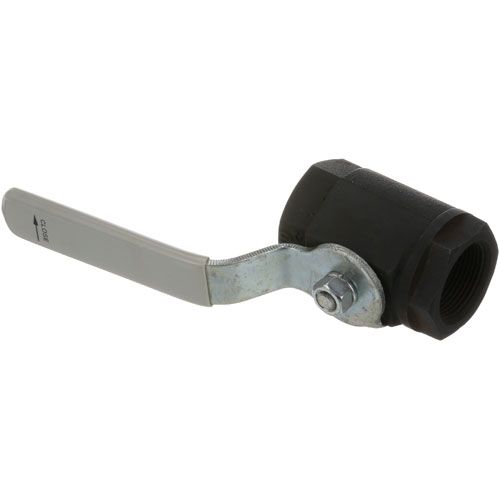Commercial Fryer Temperature Controls Troubleshooting: How to Fix
Commercial fryer temperature controls are essential for maintaining consistent cooking temperatures and ensuring food quality. When these controls malfunction, it can lead to uneven frying, food waste, and even safety hazards. Common issues include inaccurate temperature readings, the fryer not heating up, or temperature fluctuations that affect cooking efficiency. Troubleshooting temperature control problems in commercial fryers requires a clear understanding of the control system, the components involved, and how they work together. In this guide, we will explore how to identify and address common temperature controls issues, from checking thermostats to inspecting wiring connections. With the right tools and knowledge, you can quickly resolve temperature-related problems and keep your fryer running efficiently, ensuring smooth kitchen operations.
Understanding How Fryer Temperature Controls Work in Commercial Kitchens
High-quality food preparation in commercial kitchens depends on fryer temperature controls which produce consistent cooking outcomes. The controls maintain fryer oil temperature to enable operators cook different menu items at their specific optimal temperatures. The majority of fryers feature mechanical or digital thermostats which track and modify oil temperature according to requirements. The system detects oil temperature changes through a thermostat probe. The system controls power delivery to the heating element to keep the oil temperature at the preset level. The control system activates the heating element to maintain temperature when the oil becomes too cold.
Modern digital temperature controls enhance precision by offering reliable small temperature adjustment scales to produce accurate heat measurements of the cooking oil. The system enables precise temperature management which benefits commercial kitchens that need different cooking requirements for their food products. Temperature control malfunctions lead to unsafe oil temperatures together with inconsistent cooking results which negatively impact both food quality and safety. The efficiency of commercial fryers depends on regular maintenance combined with proper understanding of their operating mechanisms to achieve perfect food results with each use.
Looking for reliable commercial fryer temperature controls? Visit PartsFe CA for top-quality fryer parts from trusted brands like Frymaster, Vulcan, Garland, and Pitco. Explore our selection of temperature controls, thermostats, heating elements, and deep fryer components to keep your kitchen running smoothly.
Signs of Faulty Fryer Temperature Controls You Shouldn’t Ignore
The proper functioning of fryer temperature controls ensures both safe and uniform cooking of food. Damage to your fryer together with safety issues and cooking uniformity becomes possible when fryer controls fail to operate properly. Signs indicating potential temperature control issues include these three indicators:
-
Inconsistent Cooking Temperature: An overheating fryer combined with temperature control issues will produce food that cooks unevenly. The temperature control failure becomes evident when it fails to maintain proper heat regulation.
-
Fryer Cycling On and Off: A temperature control system which repeatedly switches the fryer on and off suggests problems with the sensor or thermostat. The continuous cycling operation causes oil temperatures to become excessive or insufficient which results in substandard food quality and unnecessary energy consumption.
-
Error Codes or Display Malfunctions: Modern digital fryers display error codes and malfunctions through their screens to indicate temperature control system problems. Your fryer will show an error when the control system fails to operate properly so you need to address this issue.
-
Burnt Food or Under-cooked Food: Your food will remain either burnt or undercooked when the temperature control system fails to function properly. The temperature control system of your fryer has likely failed due to a malfunction.
Safety hazards together with inefficiency result when ignoring indicator signs of problems. A quick inspection followed by repair of the temperature control system will prevent commercial fryer problems from occurring.
Check out our Oil Filter in Commercial Deep Fryer: Here’s How to Maximise Flavours to maintain optimal frying conditions and prevent issues.
Steps to Reset Faulty Fryer Temperature Controls
Temperature control reset of malfunctioning fryers helps solve problems with temperature stability and control irregularities. The following procedure helps you identify and reset temperature control system problems:
Step 1: Turn Off the Fryer
Safety first requires users to disconnect power from the fryer unit while turning it off before beginning any component work. The fryer needs to reach complete room temperature before starting any maintenance work.
Step 2: Check the Thermostat
You should locate the thermostat or temperature control dial which exists on the control panel. Digital fryers display error codes on their screens for inspection. Check the dial of manual models for any visible signs of deterioration or physical damage.
Step 3: Press the Reset Button
A built-in reset button exists on certain fryers that users can activate during troubleshooting. To reset the internal temperature control system of your model press the reset button and maintain pressure for several seconds.
Step 4: Check for Blockages
The accurate reading of thermostat and temperature sensor requires checking for any potential blockages in their vicinity. Remove all debris and grease buildup from the controls to prevent interference.
Step 5: Test the Fryer
After completing the reset process you should turn on the fryer and adjust it to your preferred temperature setting. Observe how the device maintains its set temperature during the heating process.
Contact a professional technician to inspect your fryer with temperature control because the problem might continue after performing a reset.
Cleaning and Maintenance Tips to Extend Fryer Temperature Controls Lifespan
Your commercial fryer temperature controls will operate optimally for an extended period when you perform proper cleaning and maintenance procedures. These guidelines will help your commercial fryer temperature controls last longer:
-
Regular Cleaning: Regular cleaning must include thorough attention to temperature controls and thermostats together with the surrounding areas of the fryer. The sensor readings and operational performance of the device become compromised when it encounters grease along with food debris and other contaminants.
-
Check for Oil Leaks: The fryer develops oil leaks through time because worn-out seals and gaskets fail to keep the oil contained. The temperature control system becomes dysfunctional when leaks from the fryer enter its components. Regularly check your fryer for leaks while replacing all damaged seals right away.
-
Monitor Temperature Calibration: The fryer's temperature settings need to be correctly calibrated before use. A different thermometer allows you to verify the temperature readings from the fryer. Follow the manufacturer's instructions to adjust the controls when their readings differ from the thermometer results.
-
Replace Worn Parts: The thermostat sensors and control panel together with other components experience wear and tear when used frequently. Check these system components regularly for signs of damage or wear because immediate replacement will protect the system from additional damage.
-
Deep Cleaning: Deep cleaning of the fryer should be performed every few months by focusing on the temperature control area. The control knobs must be cleaned of any accumulated substances while the fryer needs to be completely free from excessive grease and grime.
-
Schedule Professional Inspections: Annual professional maintenance and inspection services should be scheduled whenever possible. Technology experts will evaluate your fryer for problems that you cannot identify which ensures both efficient and reliable performance of your temperature controls.
Proper maintenance per these guidelines helps commercial fryers preserve their temperature accuracy so they operate continuously with extended service life.
Replacing Broken Fryer Temperature Controls: What You Need to Know
The correct functioning of your commercial fryer temperature controls requires replacement because it ensures your fryer operates efficiently. The following information explains the necessary steps for replacing damaged temperature controls.
-
Identify the Issue: You must first determine the fundamental reason behind the temperature control malfunction before moving forward with replacement. The temperature controls may fail due to three possible reasons including faulty thermostats and broken sensors and malfunctioning control panels. The correct replacement parts become easier to select when you understand the problem.
-
Gather the Right Tools: The replacement of fryer temperature controls needs specific tools that include a screwdriver and wrench together with a multimeter for electrical component testing. Begin the replacement process only after you have collected all required tools.
-
Disconnect the Gas Supply and Turn Off the Power: The safety of replacing fryer components stands as the highest priority. Begin the process by disabling power to the fryer while disconnecting the gas supply lines. The repair process remains safe because power is disconnected and gas supply is cut off.
-
Remove the Old Temperature Control: Enter the control panel to find the malfunctioning temperature control unit. Use a screwdriver to remove all fasteners which secure the part before gently separating it from its position. Write down the connections of the component to ease your ability during future reinstallations.
-
Install the New Temperature Control: After removing the previous control you should install the new one. Follow the manufacturer’s wiring instructions to complete the reconnection process. Thoroughly check the connection points to prevent electrical breakdowns.
-
Test the New Controls: After reattaching the fryer to power perform testing of the new temperature controls for correct functionality. Check that the fryer reaches its target temperature and that control mechanisms operate properly.
-
Calibrate the Temperature: The fryer temperature should be calibrated after new controls installation to verify accuracy. Check the actual temperature of the fryer by using an external thermometer to verify the settings on the fryer.
The correct procedure enables anyone to replace broken fryer temperature controls easily. Contact a professional technician when unsure about installation because they provide reliable commercial fryer repair services.
Check out this guide on How to Replace Your Commercial Deep Fryer Filter effectively to ensure smooth operation and prevent further damage.
Preventative Measures to Protect Fryer Temperature Controls from Future Damage
The lifespan of your fryer's temperature controls together with its cooking consistency improves when you maintain and care for them properly. The following steps will help protect temperature controls from additional damage:
-
Regular Cleaning: The buildup of food residue along with grease and oil can block temperature sensors which leads to control system malfunctions. Regular cleaning of the fryer and its components must focus on the temperature control areas. Use cleaning solutions that are appropriate for the controls while avoiding harsh chemicals that might damage them.
-
Calibrate Temperature Settings: The temperature settings need periodic calibration because they tend to drift away from their original values. Regular temperature control calibration checks will help verify proper functionality. Regular maintenance of cooking temperatures will help avoid both overheating and undercooking problems.
-
Monitor Oil Quality: The temperature control system operates more efficiently when high-quality oil is used alongside regular oil changes. The quality of degraded oil disrupts heat distribution which forces temperature controls to operate at higher intensity thus shortening their lifespan. The use of fresh and clean oil supports the best possible frying conditions.
-
Proper Installation and Maintenance: The manufacturer’s guidelines must be followed exactly during installation and maintenance procedures. Regular inspections by professionals should check and repair temperature control system components ahead of their development into major problems.
Following this easy guideline helps protect your fryer temperature controls and enables durability extension and normalizes cooking performance.
Check out this article Ventless Deep Fryers: The Future of Frying Commercial Kitchens Simplified to offer efficient, self-contained systems that help reduce wear on temperature controls.
The temperature controls of fryers function as essential elements to maintain uniform cooking temperatures which results in better food quality and improved kitchen operational efficiency in commercial kitchens. The malfunction of these controls results in both safety risks and uneven cooking and requires expensive maintenance. Understanding fryer temperature controls improves your ability to recognize system malfunction signs while proper maintenance extends fryer lifespan to prevent unexpected breakdowns during operation. Maintaining top fryer condition demands regular cleaning activities alongside calibration checks and professional inspections together with continuous oil quality assessment. The replacement of damaged components at the right time will help your fryer maintain efficient operation when problems continue to occur. Your commercial kitchen will benefit from a reliable and safe fryer when you maintain it actively and keep it under constant control.
FAQs
Why is my deep fryer not reaching temperature?
If your deep fryer isn't reaching the desired temperature, common issues include a faulty thermostat, a clogged burner, a problem with the pilot light (if gas), or insufficient preheating time
How to reset temperature controls?
To reset temperature controls, locate the reset button (often small and recessed), press and hold it for a few seconds (5-10 seconds), and then reconfigure the settings if necessary
How does a deep fryer with temperature control improve cooking efficiency?
A deep fryer with temperature control ensures consistent heat, allowing for evenly cooked food and preventing overheating, which improves cooking efficiency and quality.
Why is my commercial fryer not heating up?
If your commercial fryer isn't heating, check for a faulty pilot light (if gas), clogged burners, a low gas supply, or a malfunctioning thermostat or heating element.

